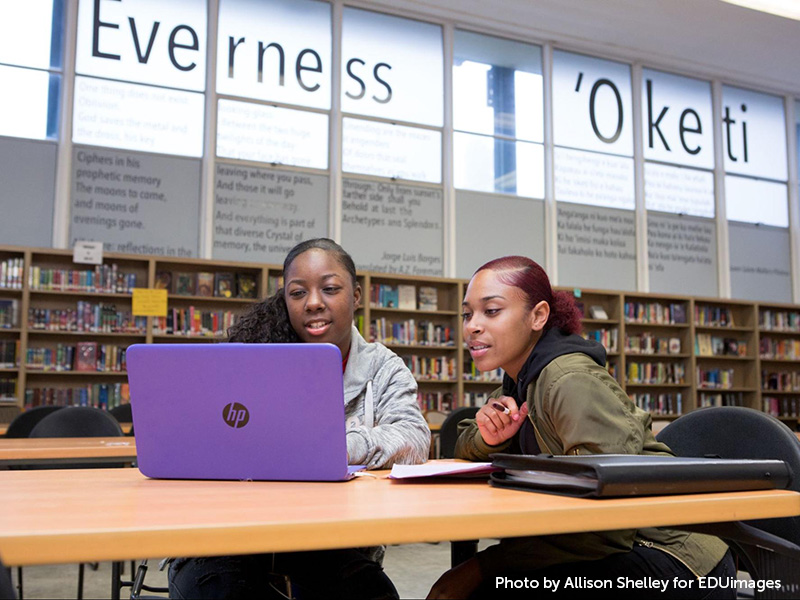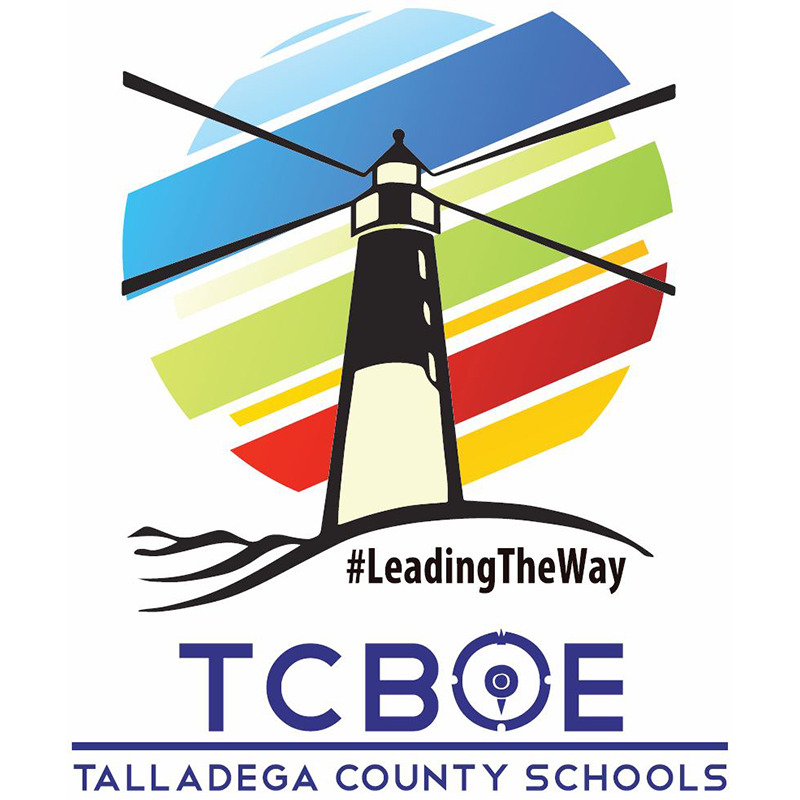

Learn what two districts in the cohort have accomplished in their first year to create cybersecurity programs that meet the needs of their students, and engages industry and post-secondary leaders.
The Cybersecurity Pathways Initiative cohort is engaging 11 districts in the intentional design and implementation of a three-year Cybersecurity Pathway that creates opportunities for all students. The implementation of the Inclusive Innovation process in this project is a unique approach, because the teams are adapting an established cybersecurity program through an equity lens to ensure that the courses are intentionally inclusive and equitable to ensure access and participation for opportunity youth.
To start the process, the teams focused on developing teams that brought together a range of students, community members, and educators to build Cybersecurity Pathways programs for their district. The teams began by creating a community charter to drive their work. Some of the challenges they identified to guide the design of their program included:
|
Students need hands-on experiences and an opportunity to earn dual credit and industry credentials and engage with industry professionals to join the cybersecurity workforce successfully. |
All students need exposure to different cybersecurity fields, intentional recruitment to attain various credentials, and hands-on learning experiences in order to pursue employment and postsecondary opportunities in high demand technological fields. |
Students need a multi-tiered program to educate, support, and engage all stakeholders (students, families, and families) around digital literacy to prepare scholars to meet the future needs of cybersecurity fields via school experience, mentorship, and practical project application. |
|
Students need hands-on experiences and an opportunity to earn dual credit and industry credentials and engage with industry professionals to join the cybersecurity workforce successfully. |
|
|
All students need exposure to different cybersecurity fields, intentional recruitment to attain various credentials, and hands-on learning experiences in order to pursue employment and postsecondary opportunities in high demand technological fields. |
|
|
Students need a multi-tiered program to educate, support, and engage all stakeholders (students, families, and families) around digital literacy to prepare scholars to meet the future needs of cybersecurity fields via school experience, mentorship, and practical project application. |

Leveraging industry partnerships, district teams brought business leaders to the table to build relationships and pathways for internships and mentorships for students as the program grows. In Fall 2023, each district will launch their cybersecurity course, enrolling over 800 students across the country.
The 11 districts include:

Cajon Valley Union School District, El Cajon, CA

Freehold Regional High School District, Englishtown, NJ

Middletown City School District, Middletown, OH

Mineola Union Free School District, Garden City Park, NY

Richland School District 2, Columbia, SC

Ridgewood High School District, Norridge, IL

Rowland Unified School District, Rowland Heights, CA

Sioux Falls School District, Sioux Falls, SD

South Fayette Township School District, McDonald, PA

Suffern Central School District, Hillburn, NY

Talladega County School District, Talladega, AL
The 11 districts selected to participate in the inaugural Cybersecurity Pathways program receive an extensive curriculum, which includes detailed teacher training. They will explore resources that will assist them in making cybersecurity industry connections. The districts will also receive ongoing support to prepare opportunity youth for immediate entry into the cybersecurity industry.
Thank you to IBM for the funding support and for providing our districts with access to the IBM SkillsBuild platform which is being fully integrated in the Cybersecurity Pathways curriculum.
Districts and schools that partner with Paradigm Cyber Ventures receive access to the premier cybersecurity program in the country. Students who participate in the program will be better prepared than their peers to be leaders in the cyber industry as they graduate high school.
Teachers and students have access to IBM SkilsBuild as part of the program. The platform and content are fully integrated into the Cybersecurity Pathways program. IBM SkillsBuild facilitates participants in exploring new technologies while building skills that are foundational for the cybersecurity field. The platform also allows them to earn digital credentials to demonstrate their knowledge and skills.
The Center for Inclusive Innovation provides the support, and resources for districts to co-lead and co-design programmatic activities in partnership with their communities. The listening tour is a sample activity that district leaders in the cohort completed to begin the implementation of the Inclusive Cybersecurity Pathway.

We want to hear from you!
Please take this 5-minute survey and help us serve you better.
